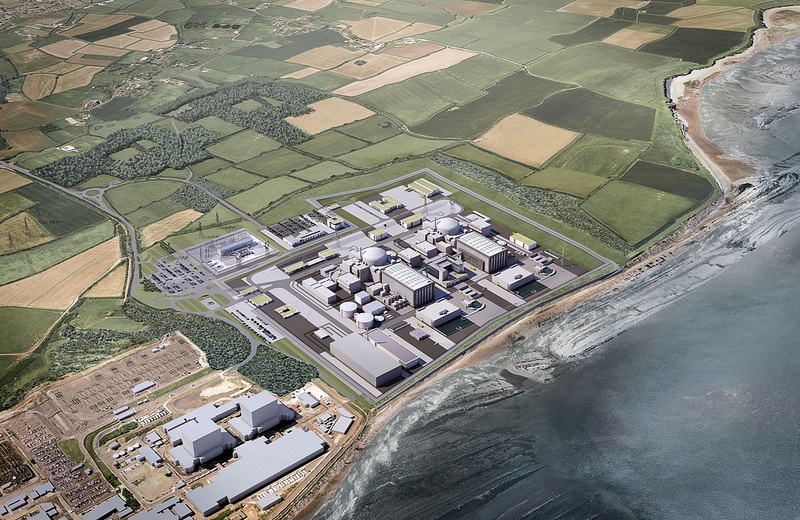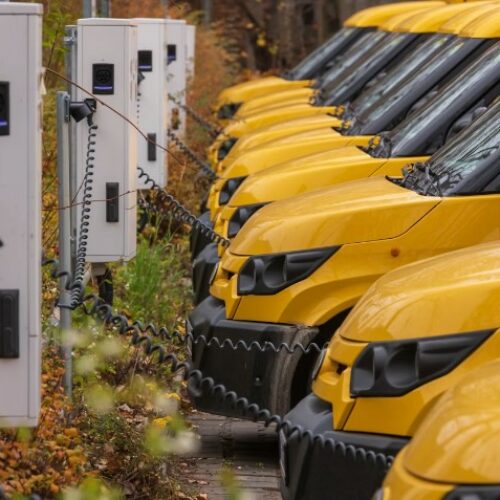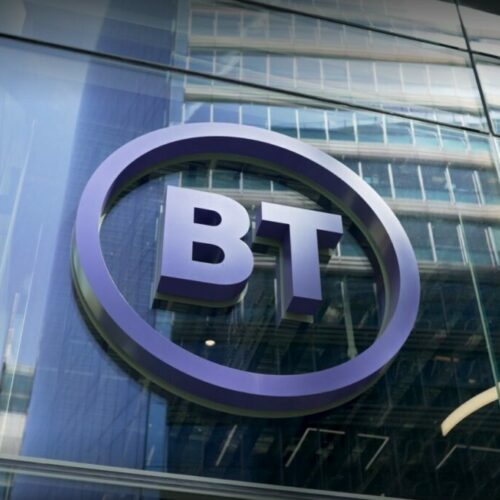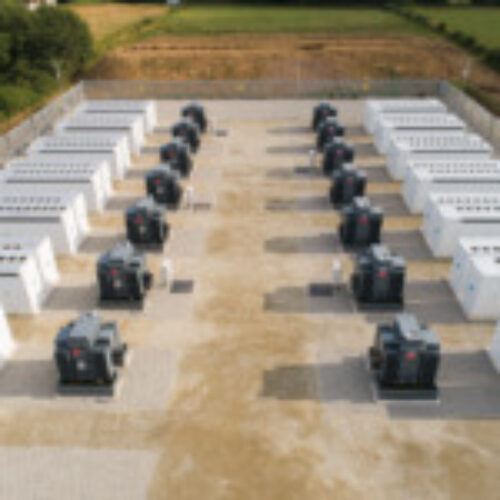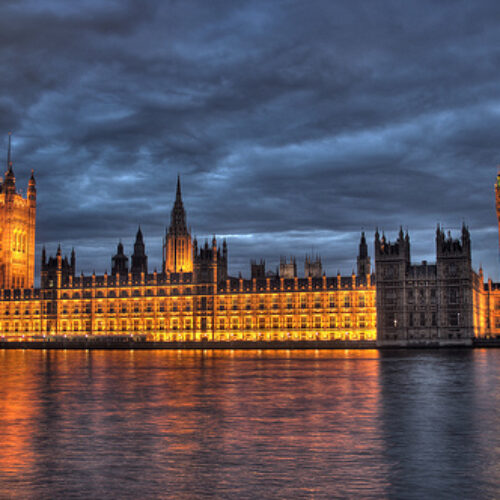The government has seemingly dropped its targets for the contribution of nuclear to the UK’s energy mix, with secretary of state Greg Clark stating there would be enough power if Hinkley Point C were not completed.
Clark was speaking to the House of Lords economic affairs committee for its inquiry on the economics of UK energy policy and was questioned over the continuing uncertainties around the first of what was expected to be a new fleet of nuclear facilities.
When asked if the government’s 2013 target of 16GW of nuclear by 2030 still held sway, Clark replied: “We don’t have a particular target for the contribution of nuclear by [2030] but it continues to be our policy to seek a broad mix of different supplies of energy for the future.”
He was then pushed to explain what would happen if Hinkley Point C was not delivered on time in 2025, with project developer EDF revealing last summer the project may not begin generating until 2027.
“It is still in the early days of its construction and estimates will be updated. Sometimes things go slower and different phases go faster and so part of the continuing conversation our department has is to monitor that,” Clark said.
“In terms of making sure we have adequate supplies of electricity for the future we have increasingly well-developed capacity market auctions…and they provide an ability to secure power should we need it beyond what is part of the system.”
This was supported by Jeremy Pocklington, director general of energy and security, and acting director general for energy transformation at the Department for Business, Energy & Industrial Strategy (BEIS), who joined Clark and energy and clean growth minister Claire Perry in front of the committee.
“Ultimately if Hinkley is late, and I have no reason sat here today to believe it will be, then there are a number of other things that could happen in this market. It might be some plant stays on longer than we had previously anticipated, there might be some other plant that comes onstream. It’s very hard to forecast,” he said.
Clark’s earlier suggestion that capacity market auctions could fill the gap left by the delayed completion of Hinkley Point C could see the previously anticipated low carbon generation replaced with continued use of coal or gas fired power stations.
If this were the case, the government would either likely add additional capacity to the procurement of planned auctions or hold an ad hoc auction to fill the 3.2GW missing from the UK’s energy mix.
BEIS has maintained that it is only interested in hosting technology neutral auctions – despite locking out both solar and, until recently, onshore wind from competing – and would under current policy allow polluting generation to offer capacity.
This would add to the criticisms levelled against the capacity market mechanim by the renewables sector after the most recent auctions saw record low prices that failed to secure more than just 1.5% of all procured capacity from new build generators.
“The capacity market is a mess, it blocks renewables from bidding and has largely failed to build any new generation. It is hard to see how the government can continue to pursue subsidising existing fossil fuel generators, while blocking renewables to market,” James Court, head of policy and external affairs at the Renewable Energy Association, told Clean Energy News.
“Whether or not Hinkley is delayed, we can provide cheaper and cleaner energy from renewables right now, but we need to see action and not warm words from the government.”
Delivering base load “in a dependable way”
Despite delays in the completion of the nuclear plant, and the associated additional costs of procuring more capacity to bridge the gap, Clark continued to stand by the decision to approve Hinkley at a strike price of £92.50/MWh – almost twice the £57.50/MWh secured by offshore wind in the most recent Contracts for Difference auction.
“It contributes baseload in a way that clearly renewable, however much the price is falling, is not able to do in a dependable way. It is a technology that when we made the assessment in the case of Hinkley was competitive with alternative sources when the costs of intermittency and other aspects and the consequences of our requirements to meet our climate change targets were there it was competitive,” Clark stated.
The cost of intermittency has long been debated however a study released by Aurora Energy Research three years after the Hinkley strike price was agreed found that with additional battery storage on the grid, intermittency could provide a net benefit to the grid.
Clark added that the need for nuclear to remain part of a diverse energy mix in the face of falling risks and prices associated with other technologies would be kept constantly under review.
Both he and Pocklington argued that consumers were spared from rising development costs – borne by EDF and its partners – as a feature of the deal, which means public money is not spent until generation begins.
However, government analysis released last year showed that consumers are likely to end up spending £30 billion supporting Hinkley after falling market prices widened the gap between the cost of supporting Hinkley and wholesale market prices. This is expected to add £10-£15 to the average household energy bill.
Previous estimates had placed the cost at £50 billion – considerably higher than the £6 billion originally estimated by government.
